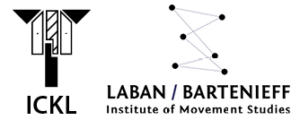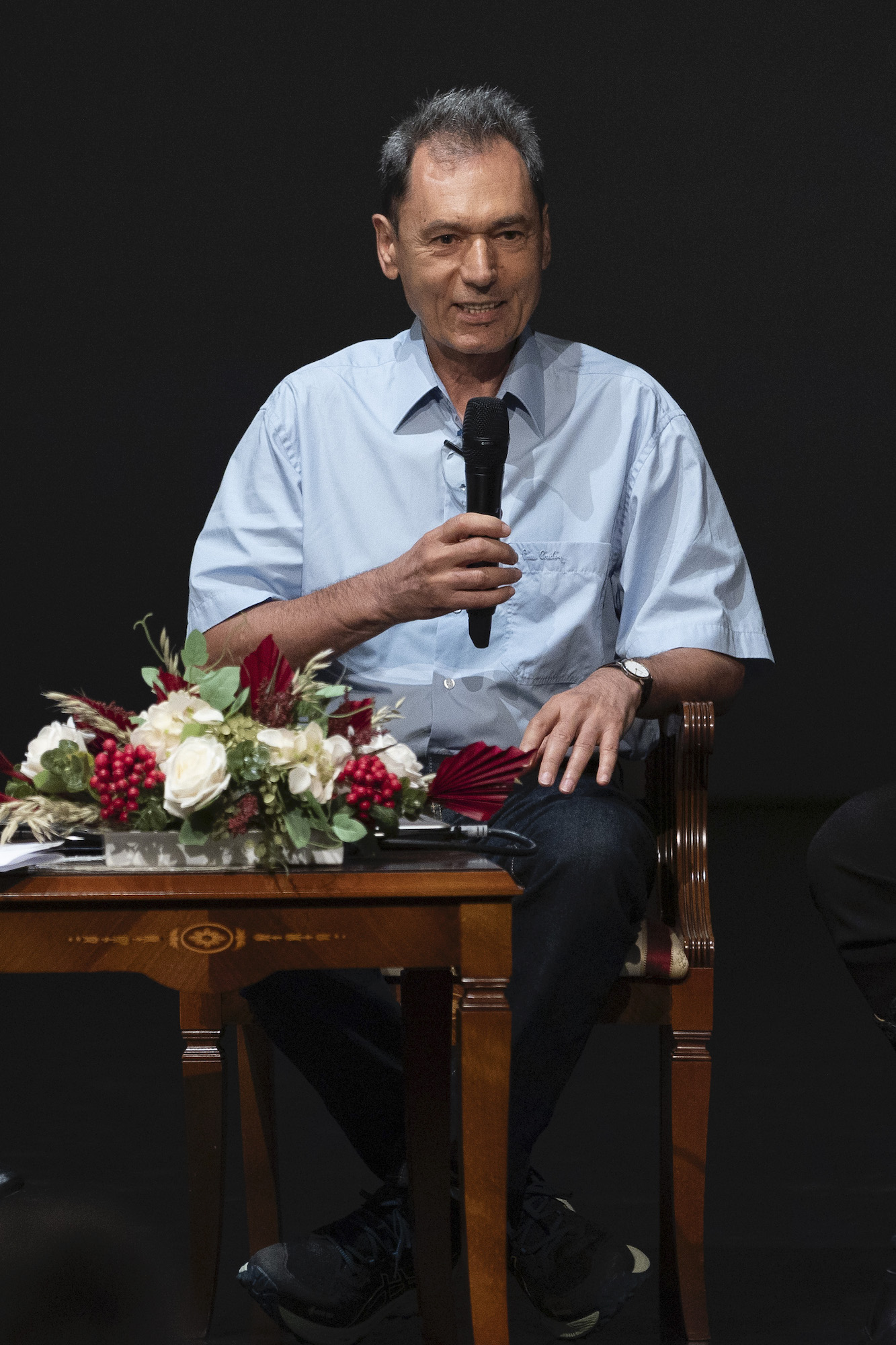The International Council of Kinetography Laban was founded in England in 1959 and has about one hundred active members and fellows from more than twenty-five countries around the world.
Its members practice the system of movement and dance notation originated by Rudolf Laban, known as Kinetography Laban or Labanotation. This system is one of the major method of movement notation used in the documentation of, education about, and research into, human movement.
The aims of ICKL are to promote the use of the system; to increase research for its development and application; to act as a deciding body with regard to the orthography and principles of the system; to support experimental projects in related areas; to encourage information exchange among centers and individuals using the system. Its activities include the organization of a biennial conference and the publication of the conference proceedings.
News
July 14–20, 2025
ICKL and LIMS Conferences
The Ohio State University, Columbus, Ohio
Mid-July 2025 marks the historic gathering of the notation and movement analysis communities at The Ohio State University.
The 34th Biennial Conference of the International Council of Kinetography Laban/Labanotation conference kicks off this event, with sessions running Monday, July 14–Friday, July 18 (arrival Sunday July 13). The inaugural Conference on Laban Bartenieff Movement Studies (LBMS), organized by the Laban/Bartenieff Institute of Movement Studies (LIMS) follows, beginning on Friday, July 18 thru Sunday, July 20.
Further details on the Conference 2025 section.
Membership and Conference Registration are now open.
https://ickl.org/membership/join-ickl/
There are arly fees for the conference registration until April 30, 2025.
Our beloved colleague János Fügedi passed away on January 31, 2025.
János joined ICKL in 1987 (conference in Namur), became a Fellow in 1989 and then joined the Research Panel. In 1991, he hosted, with Mária Szentpál, the first ICKL Conference in Budapest. Another ICKL conference was organized in Budapest in 2011, and the latest one in 2022, with Henrik Kovács as onsite organizer. The younger generation of ICKL members had the privilege to meet János then.
János was very keen on research matters and proposed several important papers at ICKL conferences. Starting in 2011, he also built editorial norms for ICKL Proceedings and served as co-editor of the publications.
János was elected Chair of the organization and served as its leader from 2017 until 2023.
Aside from his crucial role within and for ICKL, János was a respected and recognized researcher in Hungary. Several of his publications can be found in the “Knowledge Base of Traditional Dances” (https://neptanctudastar.abtk.hu/en), a resource website published by the Research Centre for the Humanities, Institute for Musicology, for which he was general editor.
The ICKL organization was fortunate to have among its members this brilliant researcher – who was also a man of great culture, as well as great sensitivity and generosity towards others.
Photo: János Fügedi’s 70th birthday, at the Hungarian Dance University, autumn 2023.
Photograph: Pál Csillag


